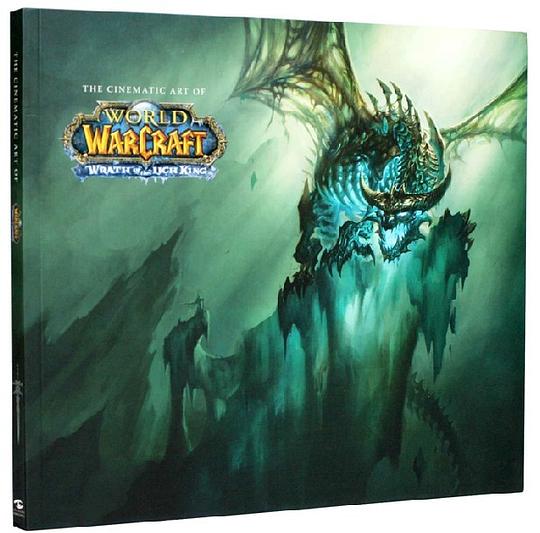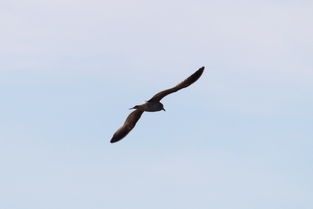Content:

Embarking on a fishing adventure at a wild pond can be an incredibly rewarding experience, offering a serene escape from the hustle and bustle of everyday life. However, to make the most of your time and increase your chances of catching fish, it's essential to arm yourself with the right knowledge and techniques. Here, we delve into the world of wild pond fishing, providing you with essential tips and techniques to help you master the art of catching fish in these natural habitats.
Choosing the Right Equipment
The first step in your wild pond fishing journey is to select the appropriate equipment. Here are some key items you should consider:
Rod and Reel: Choose a rod and reel that are suitable for the type of fish you're targeting. A lightweight spinning rod and reel are versatile and ideal for a variety of fish species.
Line: Use a monofilament line that is strong enough to handle the fish you're after. A line between 6 to 12 pounds test is generally sufficient for most pond fishing scenarios.
Hooks: The size of your hooks should match the size of the bait you're using. For smaller fish, use smaller hooks, and for larger fish, opt for larger hooks.
Bait: The type of bait you choose will depend on the fish species in the pond. Common options include worms, insects, bread, and corn. It's always a good idea to bring a variety of baits to see what the fish prefer.
Lures: If you're looking to catch more active fish, consider bringing a selection of artificial lures. These can mimic the movement of insects, fish, or other prey.
Finding the Perfect Spot
Once you have your equipment ready, the next step is to find the best spot to fish. Here are some tips to help you locate a productive area:
Observe the Pond: Look for areas where the water is deeper, as fish often congregate there to spawn or escape the heat. Pay attention to any structures such as rocks, logs, or submerged branches, as these can provide shelter for fish.
Watch for Activity: Look for fish rising to the surface or splashing around. These are signs that there's a food source nearby, and you may find fish in the vicinity.
Ask Locals: If you're new to the pond, don't hesitate to ask locals for their recommendations. They often have valuable insights into the best spots and fishing techniques.
Mastering the Techniques
Now that you've found a good spot, it's time to apply some fishing techniques to increase your chances of success:
Patience is Key: Remember that fishing is a waiting game. Stay patient and don't get discouraged if you don't catch anything right away.
Cast with Precision: When casting, aim for areas where you've seen fish activity. Cast slightly upstream to allow the bait to drift naturally towards the fish.
Adjust Your Bait: If you're not having any luck, try changing your bait or lure. Sometimes, a simple switch can make all the difference.
Use a Bobber: If you're fishing for panfish or smaller species, a bobber can be a great tool. It allows you to see when a fish is nibbling at your bait, giving you a better chance of a successful catch.
Practice the Reel: Learn how to reel in smoothly and efficiently. A sudden or erratic pull can spook fish and lead to a missed catch.
Safety First
While fishing at a wild pond, safety should always be a top priority. Here are some safety tips to keep in mind:
Check the Weather: Always check the weather forecast before heading out. Avoid fishing in severe weather conditions, such as thunderstorms or high winds.
Stay Hydrated: Bring plenty of water and stay hydrated, especially if you're out for an extended period.
Wear Sun Protection: Apply sunscreen and wear a hat to protect yourself from the sun's harmful rays.
Be Aware of Your Surroundings: Stay aware of your surroundings and be cautious of any wildlife or hazards in the area.
Respect the Environment: Always leave the pond as you found it, picking up any trash and avoiding disturbing the natural habitat.
In conclusion, fishing at a wild pond can be a delightful and fulfilling activity. By choosing the right equipment, finding the perfect spot, mastering the techniques, and prioritizing safety, you'll be well on your way to becoming a skilled pond fisherman. So, grab your rod and reel, and get ready to enjoy the tranquility and thrill of catching fish in the great outdoors. Happy fishing!












